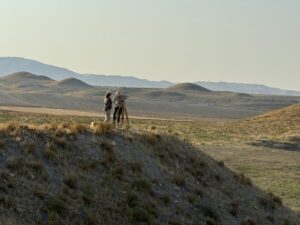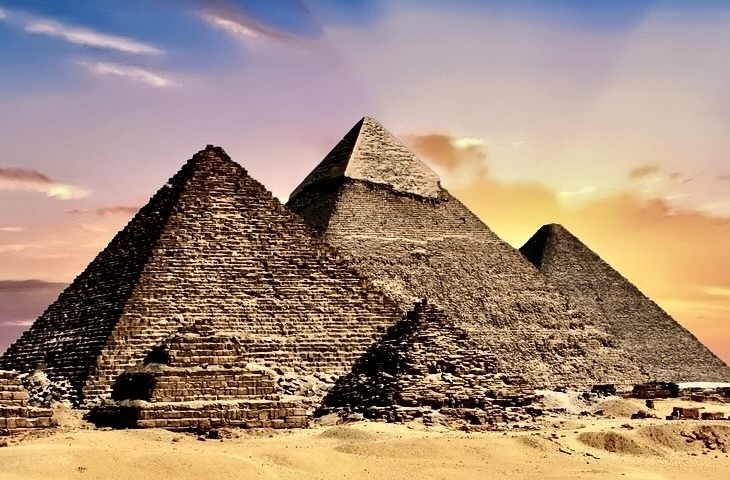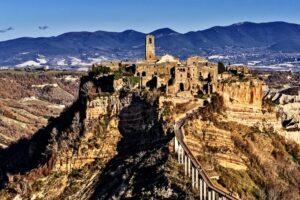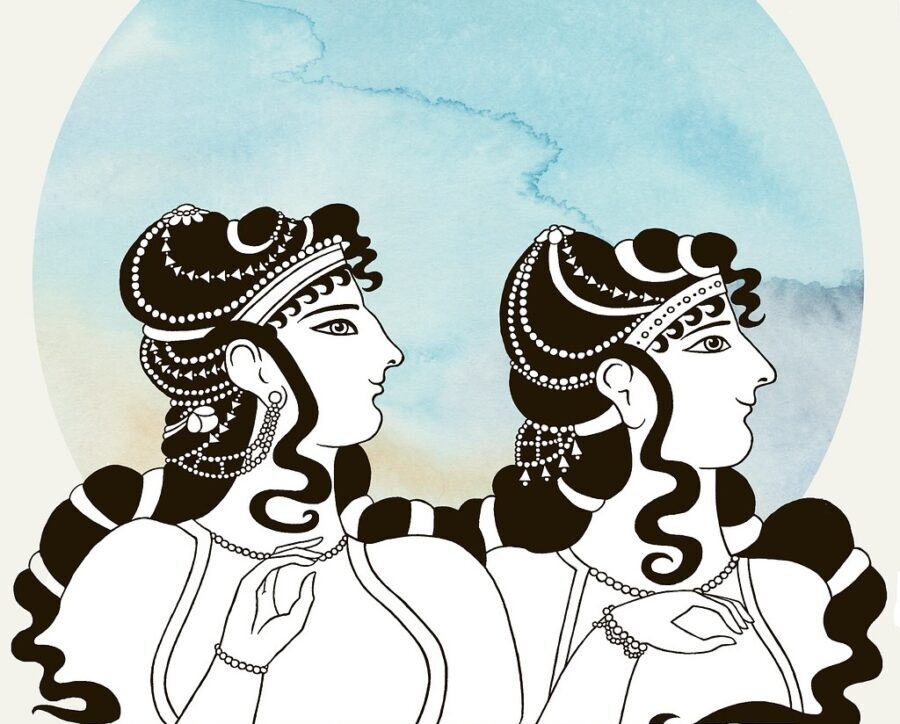
PHILADELPHIA, June 13, 2025—The Turkish Minister of Culture and Tourism, Mr. Mehmet Nuri Ersoy, announced the discovery of a remarkably preserved royal tomb chamber from 8th century BCE at the archaeological site of Gordion, where the Penn Museum has led excavations since 1950.
Gordion was the capital of the Phrygian kingdom, which controlled much of Asia Minor in the early first millennium BCE,” said Professor C. Brian Rose, Gordion Excavation Director and Ferry Curator-in-Charge of the Penn Museum’s Mediterranean Section. The kingdom was once ruled by King Midas—famous for his mythical “golden touch,” and archaeological evidence suggests that the recently excavated burial chamber may belong to the same storied Midas dynasty.
At the site of Gordion, nearly 60 miles from the Turkish capital of Ankara, previous excavations by the Penn Museum have yielded the oldest standing wooden building in the world (Tumulus MM tomb chamber, ca. 740 BCE); the earliest colored stone mosaics ever found in Gordion’s citadel dating to 825 BCE; the best-preserved citadel gate of the early first millennium ca. 850 BCE; and a gilded ivory sphinx of the 6th c. BCE that probably decorated a throne.
While these excavations typically lasted over a period of three months each summer as researchers resumed their teaching and academic schedules back home, a new program developed in 2024 by the Turkish Ministry of Culture and Tourism has extended the scope of excavations at Türkiye’s historic sites, allowing fieldwork to continue all year round through partnerships with Turkish archaeologists.
At Gordion, the partnership includes Professor Yücel Şenyurt of Ankara’s Haci Bayram Veli University working in tandem with Rose. Şenyurt’s first project focused on a monumental burial mound near the Gordion Museum, identified as Tumulus T-26, one of the 130 mounds that surround the citadel. Using remote sensing (magnetic prospection) technology, the archaeologists determined the likely location of a wooden chamber—hidden beneath the 21-ft.-tall (6.5 meters) and 196-ft. (60 meters) in diameter.
Following four months of excavations, the burial chamber was found. Although its roof had collapsed, the objects deposited in the tomb at the time of burial (ca. 750 BCE) remained in place—with no evidence of tomb robbing. The artifacts included a variety of well-preserved bronze vessels used during banquets, along with iron tools.
The most incredible find is a pair of large bronze cauldrons, together with smaller bronze cauldrons, jugs, and bowls—all of which were used to serve food and drink at a funeral feast. The vessels’ outer surfaces preserve traces of adhering textiles—offering further insight into the array of elite craft products left in the tomb. Surprisingly, the burial was a cremation, which otherwise first appears at Gordion more than 100 years later.
“The excavation of these tumuli has yielded a wealth of information about the lives of Gordion’s rulers and their associates,” explains Rose, who has been the director of fieldwork at Gordion since 2013. “As a result of Şenyurt’s excavations, we now know that cremation among the elite was practiced over a century earlier than we thought it was. Moreover, the traces of textiles on the vessels provide evidence for one of Gordion’s most important industries.”
The newly excavated tumulus is located near and is roughly contemporary with the Midas Mound tomb (Tumulus MM), which housed the body of a man who was likely King Midas’s father. The new T-26 burial may be connected in some way with Midas’s family or his associates, Rose adds.
The new discovery follows another important tumulus excavation conducted by Ankara’s Museum of Anatolian Civilizations and the Gordion Project—Tumulus T-52, which contained the burial of a child under age 10. The tomb chamber also housed more than 3,000 amber beads that were imported from the Baltic Sea, highlighting Gordion’s access to long-distance trade networks.
In September 2023, Gordion’s historic importance was officially recognized when it was added to UNESCO’s World Heritage Site list—the application for which was prepared by Türkiye’s Ministry of Culture and Tourism, working with Rose.
____________________________

Studying the tumuli and what might rest beneath, researchers gather near the citadel of Gordion, Türkiye. Photo: Brian Rose for the Penn Museum
____________________________

Bronze discoveries from Tumulus 26. Courtesy Penn Museum
__________________________
ABOUT THE PENN MUSEUM
The Penn Museum’s mission is to be a center for inquiry and the ongoing exploration of humanity for our University of Pennsylvania, regional, national, and global communities, following ethical standards and practices.
Through conducting research, stewarding collections, creating learning opportunities, sharing stories, and creating experiences that expand access to archaeology and anthropology, the Museum builds empathy and connections across diverse cultures.
The Penn Museum is open Tuesday–Sunday, 10:00 am–5:00 pm. The Café is open Tuesday–Thursday, 9:00 am–3:00 pm and Friday and Saturday, 10:00 am–2:00 pm. On Sundays, the Café is open 10:30 am–2:30 pm. For information, visit www.penn.museum, call 215.898.4000, or follow @PennMuseum on social media.
_________________________________
Article Source: Penn Museum news release.




